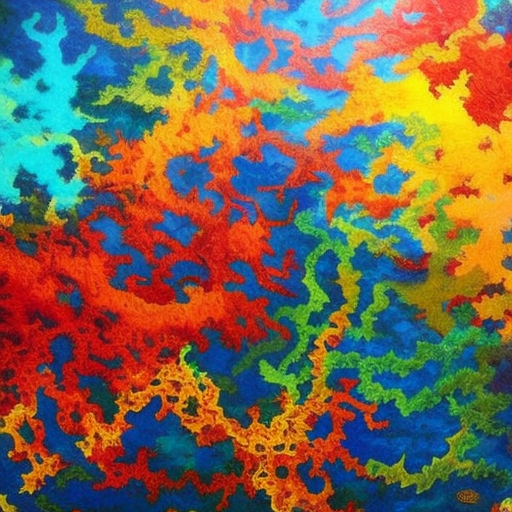Summary: Exhibitions are curated displays of artwork or cultural artifacts that are presented to the public in various venues such as museums, galleries, and cultural centers. These exhibitions serve as platforms for artists, historians, and curators to showcase their work, educate the public, and promote cultural exchange. They can cover a wide range of themes, mediums, and time periods, and often include interactive elements to enhance the visitor experience.
Types of Exhibitions
Exhibitions can be categorized into different types based on their purpose, content, and format. Some common types include:
- Art Exhibitions: These showcase visual art forms such as paintings, sculptures, installations, and photography. They can focus on the works of a single artist, a specific art movement, or a thematic exploration.
- Historical Exhibitions: These present historical artifacts, documents, and narratives to provide insights into specific time periods, events, or cultures. They often include multimedia elements and interactive displays to engage visitors.
- Science and Technology Exhibitions: These exhibitions explore scientific concepts, technological advancements, and their impact on society. They can feature interactive experiments, demonstrations, and immersive experiences to make complex ideas accessible to the general public.
- Traveling Exhibitions: These are curated displays that are designed to travel to different venues, allowing a wider audience to access the artworks or artifacts. They are often organized by museums, cultural institutions, or international collaborations.
- Virtual Exhibitions: With the advent of technology, virtual exhibitions have gained popularity. These digital platforms allow users to explore curated collections and artworks online, providing accessibility to a global audience.
Curatorial Process
The curatorial process plays a crucial role in the development of exhibitions. Curators are responsible for selecting the artworks or artifacts, designing the exhibition layout, and creating a narrative or thematic framework. They collaborate with artists, historians, researchers, and designers to ensure a cohesive and engaging experience for visitors.
The curatorial process typically involves the following steps:
- Research and Conceptualization: Curators conduct extensive research to develop a concept or theme for the exhibition. They explore the historical and cultural context of the artworks or artifacts and identify key narratives or ideas to be conveyed.
- Selection and Acquisition: Curators select the artworks or artifacts that align with the exhibition’s theme. They may acquire pieces from artists, collectors, or other institutions, ensuring proper documentation and legal procedures.
- Design and Installation: Curators work closely with exhibition designers to create an engaging and visually appealing display. They consider factors such as lighting, spatial arrangement, and interactive elements to enhance the visitor experience.
- Interpretation and Education: Curators develop interpretive materials such as labels, audio guides, and educational programs to provide visitors with a deeper understanding of the artworks or artifacts. They aim to make the exhibition accessible to diverse audiences.
- Promotion and Outreach: Curators collaborate with marketing teams to promote the exhibition through various channels such as social media, press releases, and collaborations with other cultural institutions. They aim to attract a wide range of visitors and foster community engagement.
Visitor Experience
Exhibitions are designed to provide visitors with a unique and immersive experience. They often incorporate interactive elements, multimedia installations, and educational programs to engage and educate the audience. Visitors can explore the artworks or artifacts, learn about their historical or cultural significance, and participate in activities that deepen their understanding.
The visitor experience in exhibitions can vary depending on the venue, theme, and target audience. Some exhibitions may encourage active participation through hands-on activities, while others may focus on contemplation and reflection. The use of technology, such as virtual reality or augmented reality, can further enhance the visitor experience by providing immersive and interactive elements.
In conclusion, exhibitions are curated displays that serve as platforms for artists, historians, and curators to showcase their work, educate the public, and promote cultural exchange. They come in various types, including art, historical, science, and virtual exhibitions. The curatorial process involves research, selection, design, interpretation, and promotion. Exhibitions aim to provide visitors with an engaging and educational experience through interactive elements and diverse programming.












